Backlighting in photography happens when the main light is behind your subject and facing the camera.
Backlight photography can be challenging, especially if you are used to using the auto exposure modes on your camera. It’s easy to accidentally create an unpleasant exposure with a strong light behind your subject.
This article will show you how to use backlighting for flattering portraits and how to create a correct exposure with it.
Backlighting means that you compose your pictures so that the primary light source is behind your subject. This can add a unique atmosphere to your photos while emphasising the subject. Backlight works as a dramatic effect that adds contrast and separates the subject from the background.
This technique is challenging to perform well. The light behind your subject has a strong influence on exposure. If you do not use the correct metering mode and settings, your subject will appear too dark and underexposed. With auto exposure settings, you will need to compensate for the strong light affecting your camera's choice of exposure.
In manual mode, you must choose appropriate exposure settings so your subject is well exposed and looks the way you want.
At times you will want your subject to appear darkened, creating a silhouette effect. When you want your subject to be well exposed, you will need to ensure your camera meter reads the light reflecting off your subject only.
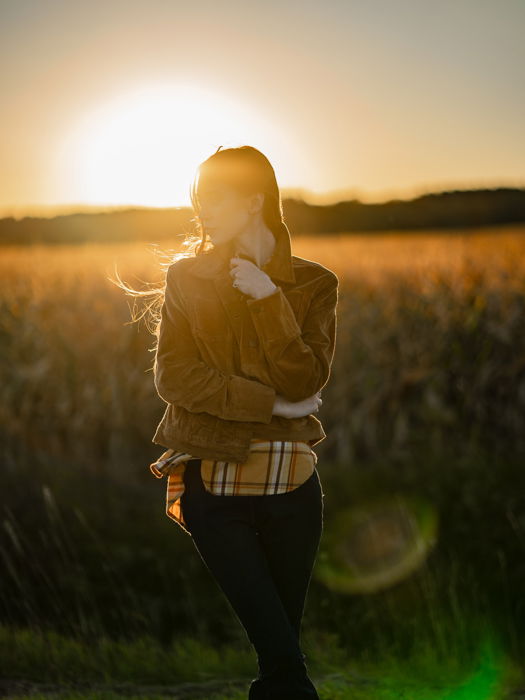
Editing any RAW image file is better than a JPEG. When you are taking a JPEG picture, the camera processes it for you. This does not happen with RAW format. RAW gives you all the image data, retaining higher quality during editing.
This is especially important in the case of backlit photos, where you will adjust the exposure during post-processing. So, change the file format to RAW before working with backlight.
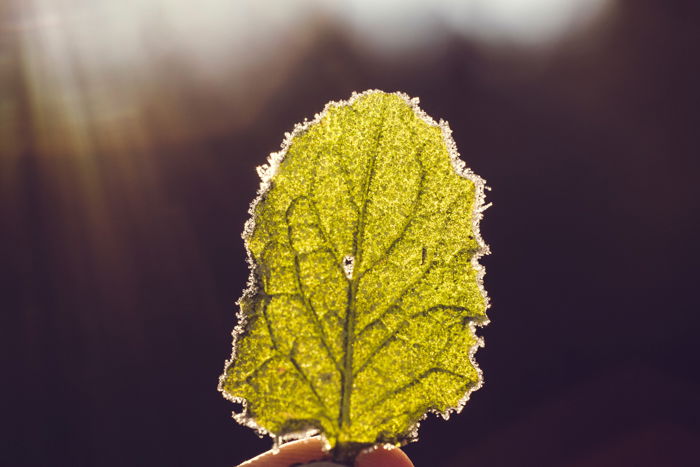
You can also use your camera's monitor to determine the exposure. Many cameras will show how the exposure will appear on the LCD screen in live view mode when set to manual mode.
By paying careful attention to the light reflecting off a backlit subject, you can make exposure adjustments to obtain the look you want. You will see the effect of these changes in real-time on your camera's LCD screen.
You can try taking photos with the auto mode if you are unsure about using the spot meter or manual mode. When you have taken a photo of your backlit subject, check your LCD screen to see how it looks.
If it is too dark, use the exposure compensation and dial in plus one or two compensation. Take another photo and review. Keep tweaking the compensation until you are happy with the way your subject looks. This method will be slower to use because of the need to take several photos and check each before making exposure adjustments.
Initially, you are better off with an underexposed photo. Overexposure makes the image lose detail that will be harder to bring back than in the case of underexposure.
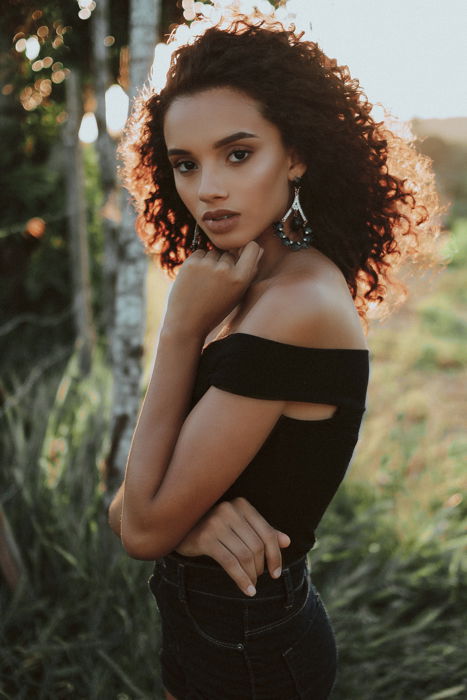
Most beginner photographers have their camera’s metering mode set to auto. I prefer to set my camera's exposure meter to the 'Spot' mode for backlit photographs. In this mode, the light meter will set the exposure according to a minimal area of the frame instead of the whole photo.
It will most likely set the metering based on the focus point. Different cameras might have a different default setting for light metering. Make sure you read your camera's manual beforehand.
If you take a spot meter reading from the wrong place in your photo, your exposure will be incorrect.
You can make use of the spot meter in any lighting situation, not only for backlighting. I use it often, so I have programmed one of my camera's function buttons to activate the spot meter when I press it.
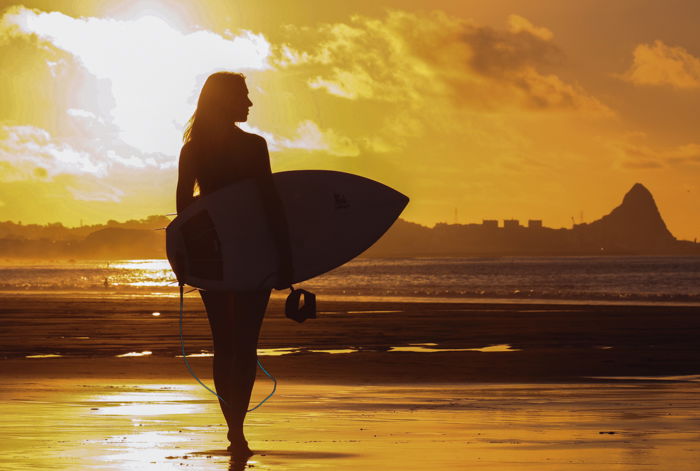
Using the sun as a light source requires that you are in a position to take your photos at the right time of the day. If you cannot move the light source (such as the sun), you may need to consider returning at a different time of day.
If you are somewhere in the morning and the light is not right, consider how it may look in the evening. You might be able to produce a photo with far more interesting backlighting.
When shooting outdoors, use a lens hood and position yourself to minimise unwanted lens flare. Move around the scene and try to block the sun out with another object, such as a house or the leaves of a tree. Hiding the light source behind the subject can work when your subject is large and close enough to your camera. When the light source is higher, you may still get some flare. If you do not want this, You can shade the front of the lens with your left hand.
The higher your subject the light source is, the less dramatic the backlighting effect will be.
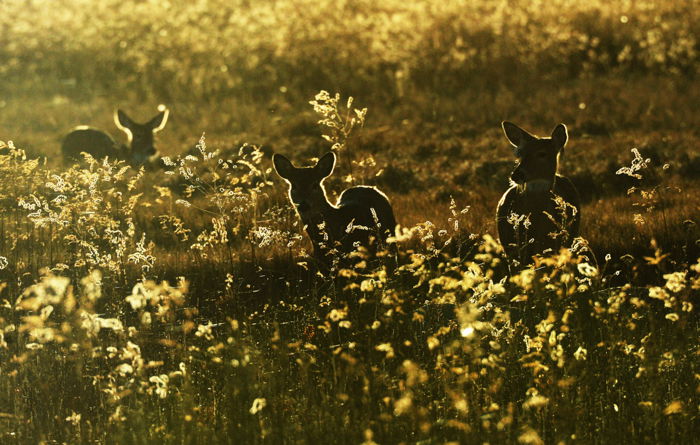
I almost always use spot metering for portraits, taking a reading from my subject's face. This gives me the information to create a photo with the model’s skin tone exposed correctly.
Typically, I will use a reflector to bounce light back into their face, so the contrast in the photo is not so high.
Adding reflected light onto a subject will help bring balance. You can use a large reflector to expose the subject’s face to be like the exposure in the background.
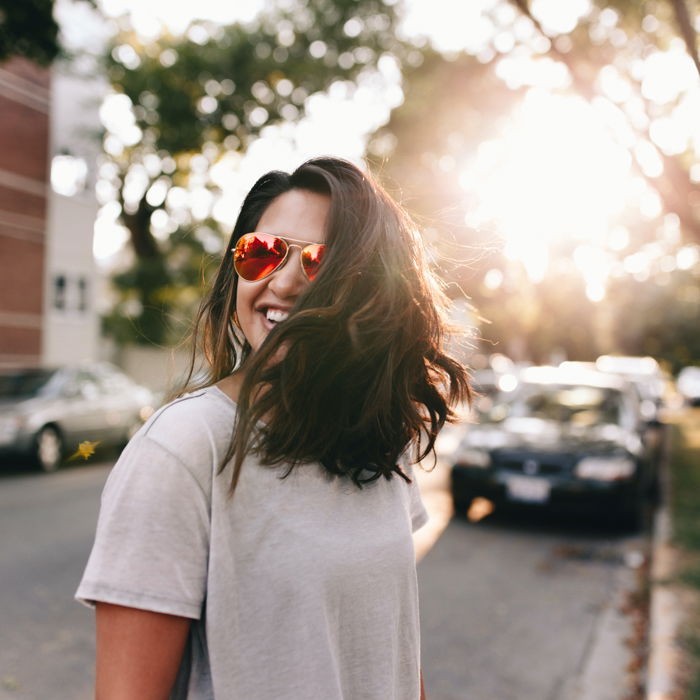
Backlighting most often results in a composition that is not evenly exposed. If you want that a nice bell-shaped histogram, give it up now. It's not going to happen in backlit photos. But this is not a bad thing. In fact, forgetting about technical perfection will let you capture some interesting effects using backlight.
Sometimes you will want to expose your photo so the background is exposed correctly and your subject is underexposed. You can create silhouettes like this.
If you have your camera set to evaluative metering, the camera will take the subject into account and meter the light accordingly. This may cause your background to be overexposed. It might vary on how much of the frame your subject takes up.
Set the metering mode to spot metering. This will give the background more accurate exposure settings than using evaluative metering.
When photographing directly towards the sun when it is at a low angle, your exposure can be affected. Make sure not to let the image blow out when facing the light source. Instead, you can use manual mode or exposure compensation to choose settings that result in a darker picture, thus highlighted sky.
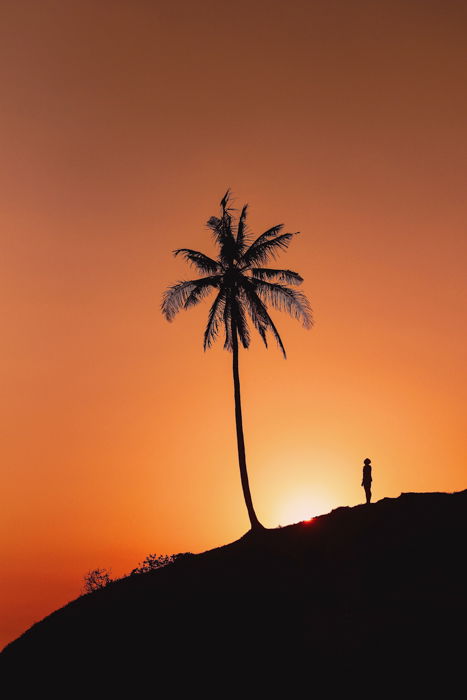
Translucent subjects look fabulous when they are backlit. Some light passes through smoke, water spray, leaves, flags, and other such things. This enhances them with a somewhat surreal luminosity.
Look for these types of objects and compose them against a dark background to make them pop.
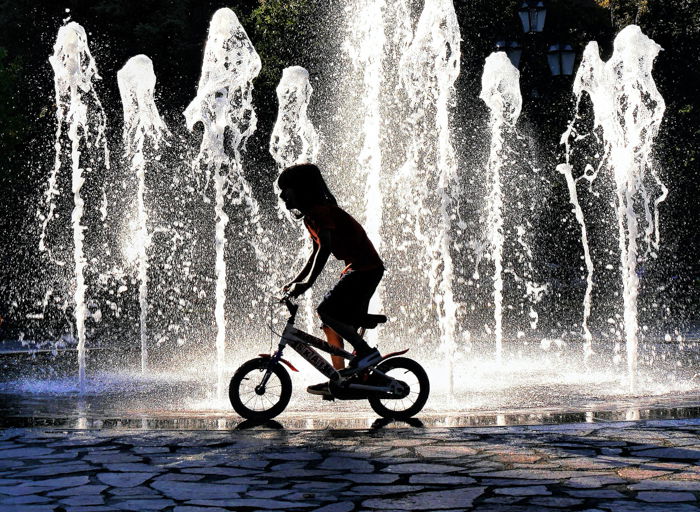
Backlighting in photography can produce many varied styles of pictures.
A low light source, down and behind your subject, can cause a lens flare. This is great if it's the effect you want, but keep in mind that a lens flare can also ruin a photo.
To create an aesthetic lens flare, start moving around your subject. Watch how your camera position changes the way the light looks as it falls on your subject.
When using backlighting in a studio and creating a lens flare, you can reposition the light source. Place it slightly behind and above your subject. This way, when your camera is pointing at the model, you will get a bit of lens flare coming from above. You can change the strength of this flare by adjusting the strength of the light. You can also cut some of the light out from the frame by changing the composition.
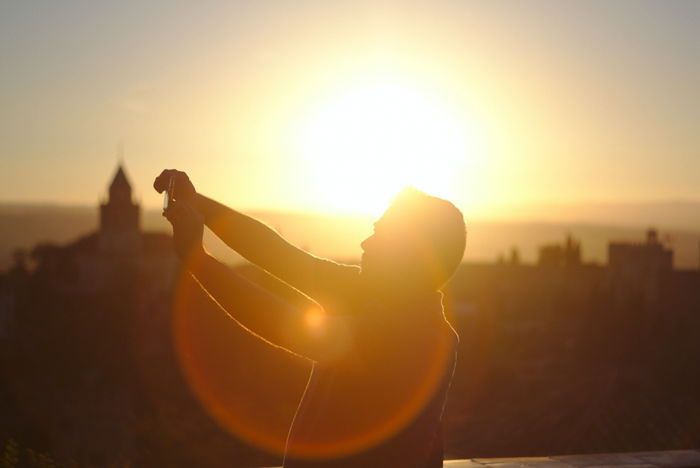
Strong contrast in backlit photos can create drama. When you add another light source or reflector as a fill light, it brings balance to your exposure.
When doing street photography, look for situations where backlit subjects have something reflecting light onto their faces. Without any reflection back into the subject's face, their skin tone would be too dark.
Controlling the light using a reflector can help you get better exposures when making portraits using an outdoor studio.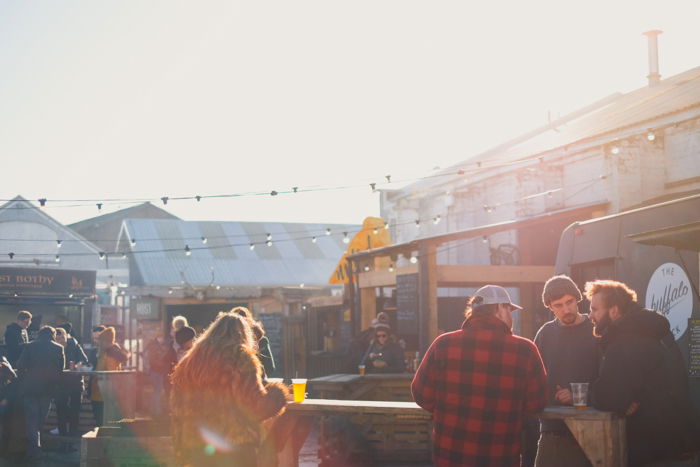
Backlit photos often benefit from at least a little tweaking in post. JPEG files will not stand up to so much manipulation, so don’t forget to shoot in RAW.
Typically with photos with high contrast, the camera will not render details in the lightest and darkest areas. It is always better to underexpose a shot. Your image will not suffer from as much information loss as it would when overexposing.
Post-processing backlit photos to enhance contrast will help make more interesting images.
With a dark background, you should deepen the shadows and blacks to heighten the effect. With portraits, be careful to keep clarity in the subject's face and good skin tones.
Backlighting can be tricky. The more you experiment, the more you will understand how each situation, subject, and light source behaves differently. With a bit of practice, you will be able to utilise backlight in a way that adds a great atmosphere to your photos.
We hope that our article has helped you with using backlighting more effectively!
Are you looking for more creative photography tips? Check out our Creative Photography Cookbook for just those!